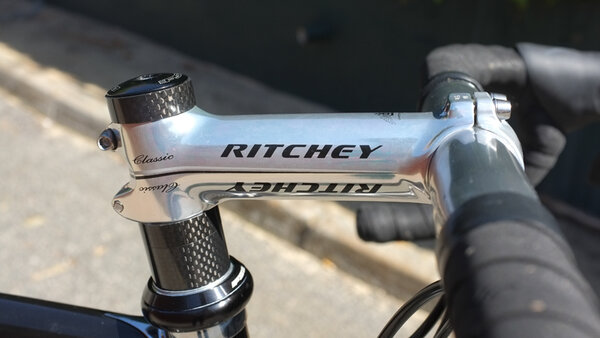.....just putting the question out there. I was working at Evans/Bonthrone when Aheadset was introduced and at the time the general feeling was 'hey cool, neat etc etc' Well we were young and easily seduced by something new, as newer is better right?
Anyway, now I am not so sure. The old way separated the bearing and height adjustment completely, and gave you more control over the stem height (yes I know you can leave the steerer tube long and put spacers above it but how crap does that look :roll: )
Am I the only one who thinks that in this instance, the old way was better?
Anyway, now I am not so sure. The old way separated the bearing and height adjustment completely, and gave you more control over the stem height (yes I know you can leave the steerer tube long and put spacers above it but how crap does that look :roll: )
Am I the only one who thinks that in this instance, the old way was better?
